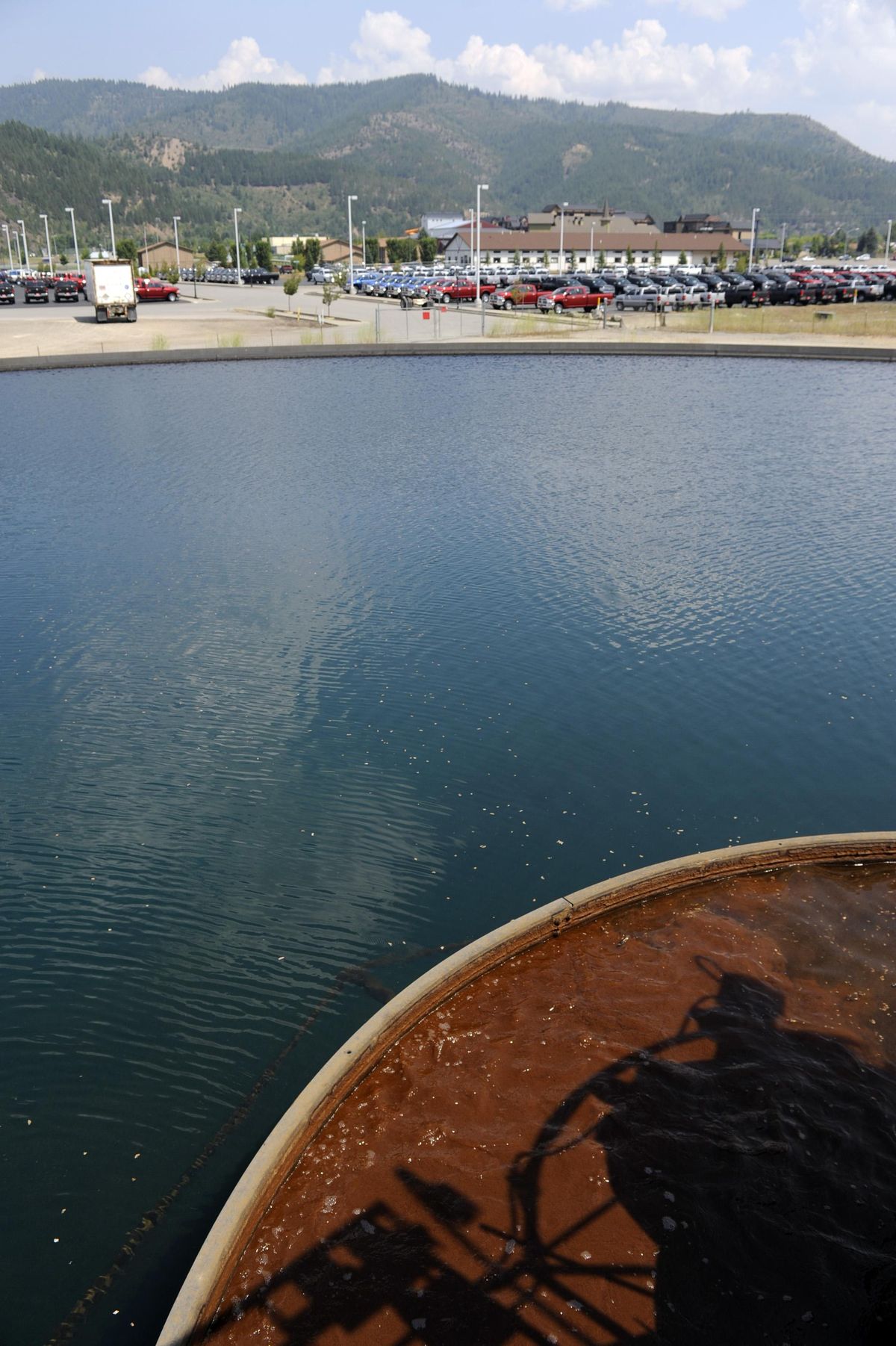Getting the zinc out: Major cleanup project will improve health of the Coeur d’Alene River

Motorists heading through Idaho’s Silver Valley on Interstate 90 will see a lot of dirt piles next to the freeway this year.
A $48 million federal project to keep heavy metals out of the Coeur d’Alene River’s South Fork gets underway this spring and will continue through 2021.
“This is the big crunch year,” said Rod Zion, a project manager for the U.S. Army Corps of Engineers. “We’ll see a lot of work going on out there.”
Ditches will be dug as contractors install an 8,000-foot-long underground clay barrier to trap polluted groundwater so it can be piped to an upgraded wastewater treatment plant. By May, demolition will start on the existing wastewater treatment plant, which will be replaced with newer technology.
Cleaner water in the Coeur d’Alene River’s South Fork – and ultimately Lake Coeur d’Alene – is the goal of the project.
As groundwater percolates through historic mine waste in the Silver Valley, it picks up lead, arsenic, cadmium and zinc, polluting 160 miles of the Coeur d’Alene River and downstream water bodies such as Lake Coeur d’Alene and the Spokane River.
Some of the largest loads of zinc enter the South Fork from areas surrounding the communities of Kellogg and Smelterville. The territory is home to the old workings of the Bunker Hill Mine and Smelter complex and the Central Impoundment Area, a repository containing 20 million cubic yards of mine waste.
Though people take zinc as a health supplement, it’s bad news for waterways.
“Zinc is an ecotoxin. It kills aquatic life,” said Ed Moreen, a U.S. Environmental Protection Agency manager. “It’s extremely toxic to the benthic community – the bugs that fish eat.”
As zinc is removed from the river, “it will be a significant benefit to the ecosystem,” he said. A rebound of aquatic insects populations will support stronger cutthroat trout populations in the river.
A four-year contract to design and build the treatment plant was awarded last year to AMEC Foster Wheeler Environmental & Infrastructure of Pennsylvania. As part of the contract, the company will operate the new treatment facility for a year. The plant will be turned over to the state of Idaho in 2021, which has set up an endowment to run it.
The existing plant was built in 1974 by Bunker Hill Mine to treat water coming out of the Kellogg mine.
The new plant will be much more efficient, treating wastewater from the mine and polluted groundwater that’s captured and piped to the treatment facility, Moreen said. The clay barrier to keep heavy metals out of the South Fork of the Coeur d’Alene River will extend to 25 feet deep in places.
AMEC’s contract is funded with money from a $263.4 million settlement Hecla Mining Co. reached with the U.S. Department of Justice, the Coeur d’Alene Tribe and the state of Idaho over the company’s past releases of mining pollution in the Coeur d’Alene basin. Hecla’s 2011 settlement resolved one of the nation’s largest Superfund lawsuits.
The public access trail between Bunker Avenue and Government Gulch Road will be closed during the construction.
Besides the dirt-moving, motorists on the freeway will notice another change to the scenery. Billboards will be taken down this spring in preparation for the construction work.